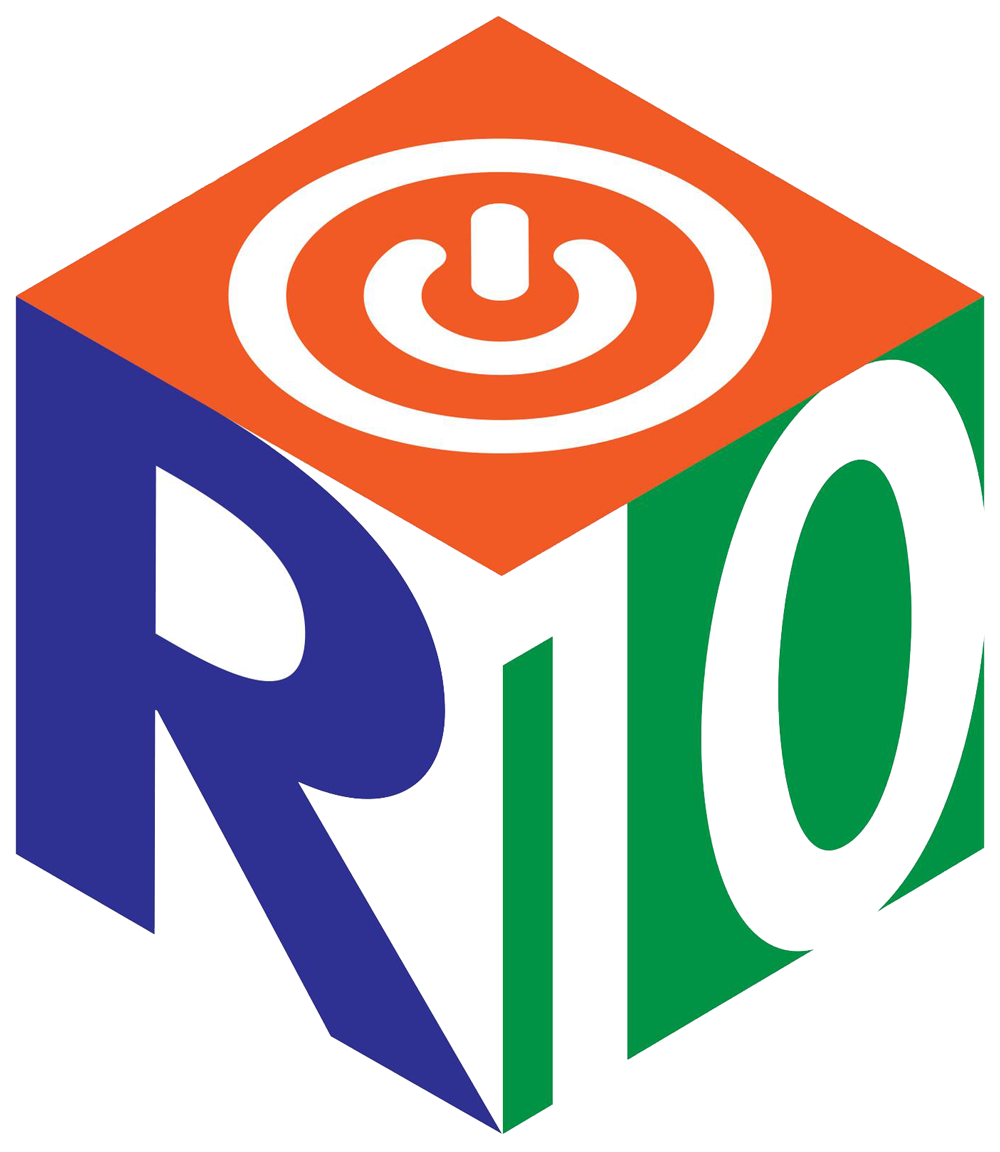What is 'Web Accessibility'?
The U.S. Department of Education’s Office for Civil Rights (OCR) is proud to announce a video series covering a variety of topics on digital access in education, including how people with disabilities use technology, applicable Federal regulations, and identifying and remediating barriers to access.
Whether you are in the educational field or not, these videos have wide ranging coverage for those who want to know: What makes technology accessible for individuals with disabilities? And how can I make my site or platform more accessible?
